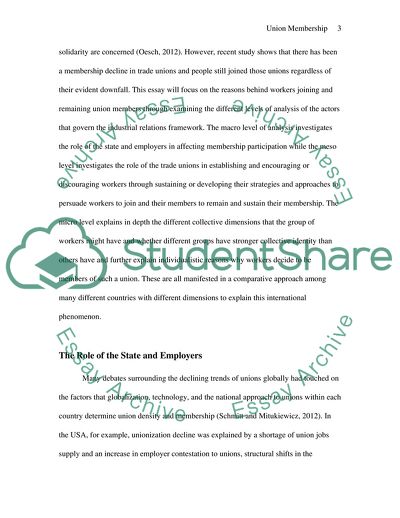Cite this document
(Why do people join and remain union members and are particular groups Essay, n.d.)
Why do people join and remain union members and are particular groups Essay. https://studentshare.org/human-resources/1855767-why-do-people-join-and-remain-union-members-and-are-particular-groups-more-likely-to-have-a-stronger-collective-identity
Why do people join and remain union members and are particular groups Essay. https://studentshare.org/human-resources/1855767-why-do-people-join-and-remain-union-members-and-are-particular-groups-more-likely-to-have-a-stronger-collective-identity
(Why Do People Join and Remain Union Members and Are Particular Groups Essay)
Why Do People Join and Remain Union Members and Are Particular Groups Essay. https://studentshare.org/human-resources/1855767-why-do-people-join-and-remain-union-members-and-are-particular-groups-more-likely-to-have-a-stronger-collective-identity.
Why Do People Join and Remain Union Members and Are Particular Groups Essay. https://studentshare.org/human-resources/1855767-why-do-people-join-and-remain-union-members-and-are-particular-groups-more-likely-to-have-a-stronger-collective-identity.
“Why Do People Join and Remain Union Members and Are Particular Groups Essay”. https://studentshare.org/human-resources/1855767-why-do-people-join-and-remain-union-members-and-are-particular-groups-more-likely-to-have-a-stronger-collective-identity.


